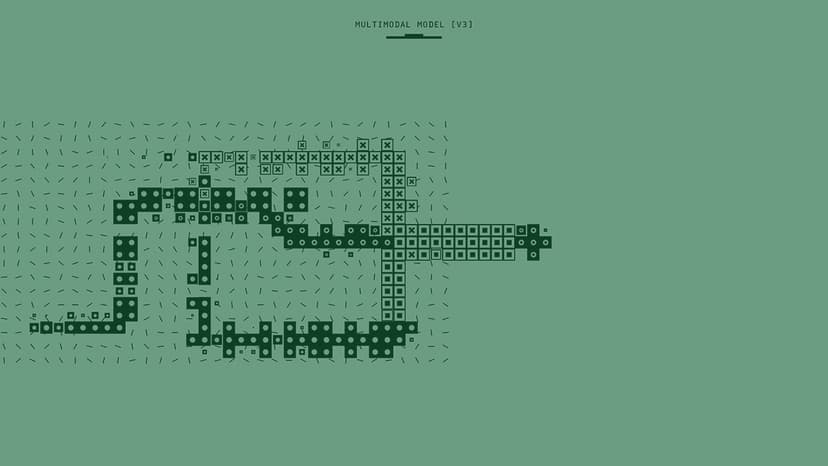What Are the Three Dots (...) in JavaScript and How Do You Use Them?
The three dots (...) in JavaScript, known as the spread operator or rest parameter syntax, is a useful feature introduced in ES6 (ECMAScript 2015). Many developers find this notation confusing at first, but it serves two main purposes: spreading elements and gathering them together. Let's explore both uses and see practical examples.
Spread Operator Usage
When used as a spread operator, the three dots help you expand elements. This is particularly useful when working with arrays and objects. You can use it to copy arrays, combine arrays, or pass multiple arguments to functions.
Here's a simple example of copying an array:
Javascript
You can also combine multiple arrays:
Javascript
The spread operator works with objects too. You can create shallow copies or merge objects:
Javascript
Rest Parameter Syntax
The same three dots serve another purpose when used in function parameters. As a rest parameter, it collects multiple elements into an array. This is helpful when you want to handle an unknown number of arguments in a function.
A practical example of rest parameters:
Javascript
Common Use Cases
One popular use of the spread operator is when you need to find the maximum value in an array:
Javascript
Another common scenario is creating a new array with additional elements:
Javascript
Important Rules and Limitations
When working with the spread operator and rest parameters, keep these points in mind:
- The rest parameter must be the last parameter in a function definition
- You can only have one rest parameter in a function
- The spread operator creates shallow copies, not deep copies
- It works with any iterable object (arrays, strings, sets)
Performance Considerations
While the spread operator is convenient, it might not be the best choice for very large arrays or objects. For large data structures, consider using traditional methods like Object.assign() or array methods if performance is critical.
Browser Support
Modern browsers support the spread operator and rest parameters well. All major browsers (Firefox, Chrome, Safari, Edge) have supported these features for several years. If you need to support older browsers, you might need to use a transpiler like Babel.
The three dots in JavaScript make code more readable and maintainable. They reduce the amount of boilerplate code needed for common operations like copying arrays and objects or handling variable numbers of function arguments. As you write more JavaScript code, you'll find these features becoming an natural part of your coding toolkit.
While the syntax might look strange at first, its benefits become clear with practice. The spread operator and rest parameters are powerful tools that solve common programming challenges in a clean and efficient way.












